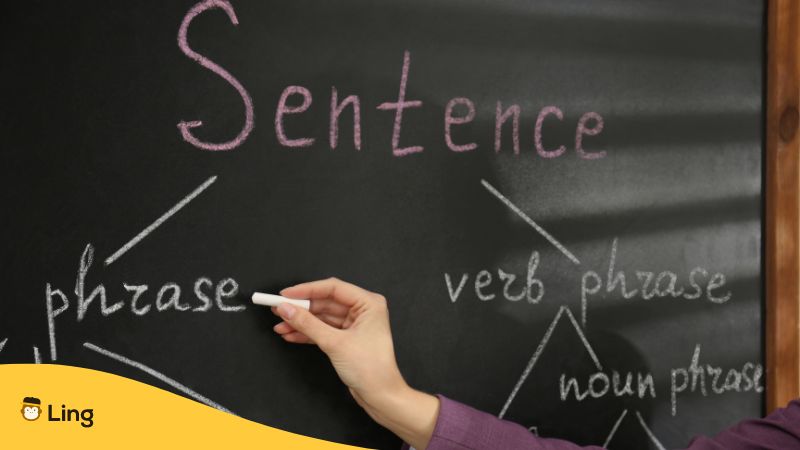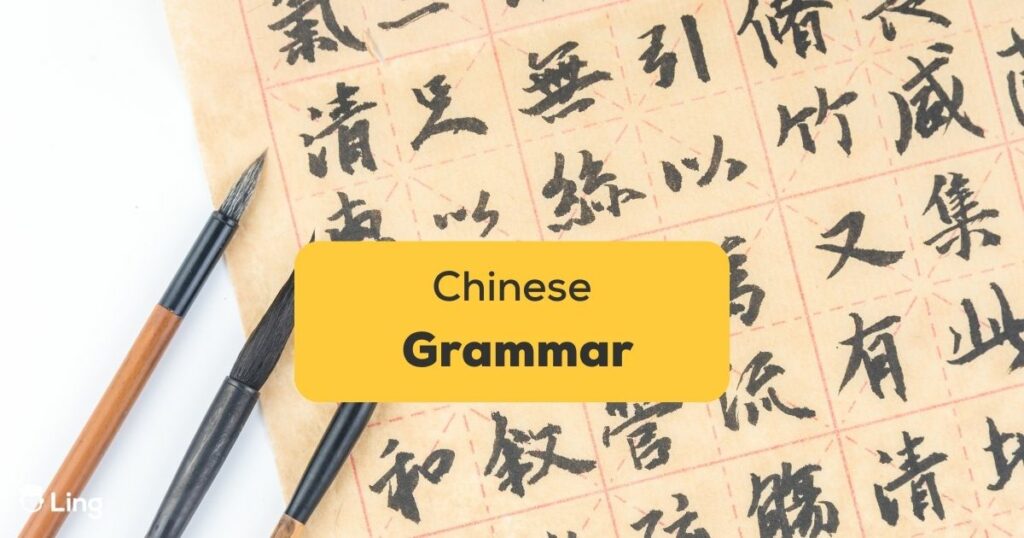In this blog post, we will delve into the fundamentals of Chinese grammar, providing both beginner and advanced learners with a comprehensive understanding of sentence structure, word order, and the intricacies of particles and verb tense. Whether you are just starting out in your Chinese language journey or looking to refine your skills, this article will equip you with the knowledge necessary to navigate the fascinating and complex world of Chinese grammar points.
Chinese Grammar
Chinese is a language that has captivated people for centuries with its intricate system of characters and tonal pronunciation. Spoken by over one billion people worldwide, it is one of the oldest languages still in use and holds a wealth of cultural and historical significance. However, for English speakers, navigating the nuances of Chinese grammar can be a daunting task. The syntax, word order, and use of particles and verb tense differ greatly from English, presenting a unique set of challenges for language learners.
Learning basic Chinese grammar rules can be an exciting yet intimidating journey, especially for English speakers who are accustomed to a specific structure and verb conjugation. At first glance, Chinese grammar may seem like an insurmountable mountain to climb, but fear not! Once you delve into the basics, you’ll find that Chinese grammar can actually be quite straightforward and rewarding.
Word Order
One of the most crucial aspects of Chinese grammar is word order. While English typically follows the subject-verb-object structure, Chinese uses the same structure with a few key differences. For instance, adjectives come before the noun they describe, creating a descriptive image in the mind of the listener. Imagine saying “big house” in English and “大房子” (dà fángzi) in Chinese, where the adjective comes before the noun, emphasizing the size of the house.
Negation
Another important feature of Chinese grammar is negation. Unlike English, which often employs “not” to form negative sentences, Chinese uses “不” (bù) for negation. Thus, “I do not eat meat” would become “我不吃肉” (wǒ bù chī ròu), using the negation word “不” (bù) before the verb.
Tenses
In Chinese, tense is expressed in context rather than through verb conjugation. For example, “I eat” and “I will eat” would be the same in Chinese – “我吃” (wǒ chī). The context in which the sentence is spoken will indicate whether the action is in the present or future.

Questions
The question formation in Chinese is also different from English. Instead of inverting the subject and verb as in English, Chinese uses the particle “吗” (ma), one of the most common Chinese question words, at the end of a sentence to indicate a question. For instance, “你喜欢披萨吗?” (nǐ xǐhuān pīsà ma?) means “Do you like pizza?” and the question is distinguished through intonation.
Nouns And Pronouns
Nouns and pronouns are also integral parts of Chinese grammar. Unlike in English, Chinese nouns do not change according to whether they are singular or plural. Instead, measure words are used to indicate quantity. Hence, “one apple” is “一个苹果” (yī gè píngguǒ) in Chinese, using the measure word “个” (gè).
Chinese Pronouns
Chinese pronouns are also unique, with different pronouns used based on the relationship between the speaker and the person being referred to. For example, the pronouns for the first person (我 wǒ), second person (你 nǐ), and third person (他/她/它 tā) differ in Chinese.
Chinese Verbs
Verbs in Chinese do not have conjugations to learn, and they stay in their base form with context indicating the tense. Adjectives and adverbs are also essential parts of Chinese grammar, with adjectives coming before the noun and adverbs not changing form.
Complex Sentence Structures
Finally, Chinese grammar includes complex sentence structures that require attention. Conjunctions join clauses, while subordinating conjunctions indicate a dependent clause. For example, “和” (hé) is used to join two nouns or noun phrases, and “但是” (dànshì) connects two clauses, indicating a contrast between them.
Chinese Basic Sentence Structure

Words are powerful tools that enable us to communicate our thoughts, feelings, and ideas. At the heart of every effective communication is a sentence. It is a group of words that can convey a complete thought or idea. In essence, a sentence is a unit of communication that can either be simple, compound, or complex. Let’s first see what these are.
A simple sentence comprises a single independent clause that can stand on its own. A compound sentence, on the other hand, contains two or more independent clauses that are joined together using coordinating conjunctions. However, when it comes to complex sentences, there is a unique arrangement. A complex sentence consists of one independent clause and one or more dependent clauses. The dependent clause functions as either a noun, adjective, or adverb.
In the English language, complex sentences are joined using conjunctions. These conjunctions come in three types, namely coordinating, subordinating, and correlative. Coordinating conjunctions are used to join independent clauses, while subordinating conjunctions join dependent clauses. Correlative conjunctions, on the other hand, are pairs of words that join words or phrases of equal importance.
However, the Chinese language has its unique way of joining complex sentences. Unlike English, the Chinese conjunctions used in complex sentences are different. For instance, the conjunction “和” (hé) is used to join two nouns or noun phrases. Conversely, “但是” (dànshì) is used to join two clauses, indicating a contrast between the two.
Subordinating conjunctions are also used in both English and Chinese to join clauses in a complex sentence. However, there are differences in the usage of subordinating conjunctions between the two languages. In English, the subordinate clause comes before the main clause, and a comma is used to separate them. In contrast, in Chinese, the subordinate clause comes after the main clause, and there is no comma between them.
For instance, in English, we would say, “Although it was raining, we went to the park.” In Chinese, we would say, “虽然下雨,我们还是去了公园” (suīrán xià yǔ, wǒmen háishì qùle gōngyuán). In the Chinese language, subordinating conjunctions are used to indicate the relationship between the two clauses. The conjunction “因为” (yīnwèi) indicates a cause-and-effect relationship. “如果” (rúguǒ) indicates a hypothetical situation, while “当” (dāng) indicates a time frame.
Wrapping Up

In conclusion, Chinese grammar may require some time and effort to master, but it can be a rewarding and fascinating journey. Learning the basics, such as word order, negation, tenses, and question formation, and practicing them through immersion can help you become comfortable using Chinese grammar in real-life situations.
The structure of complex sentences is an integral part of communication. It enables us to convey our thoughts and ideas in a more detailed and organized manner. While English and Chinese may have different conjunctions and rules governing the use of subordinating clauses, they both serve the same purpose. They facilitate effective communication by enabling us to express ourselves in a structured, coherent, and concise manner.
Check out Ling if you want to learn more such concepts in the Chinese language with example sentences.
Download the Ling App from Google Play Store or App Store now, and prepare to be fluent in Chinese soon!



































































